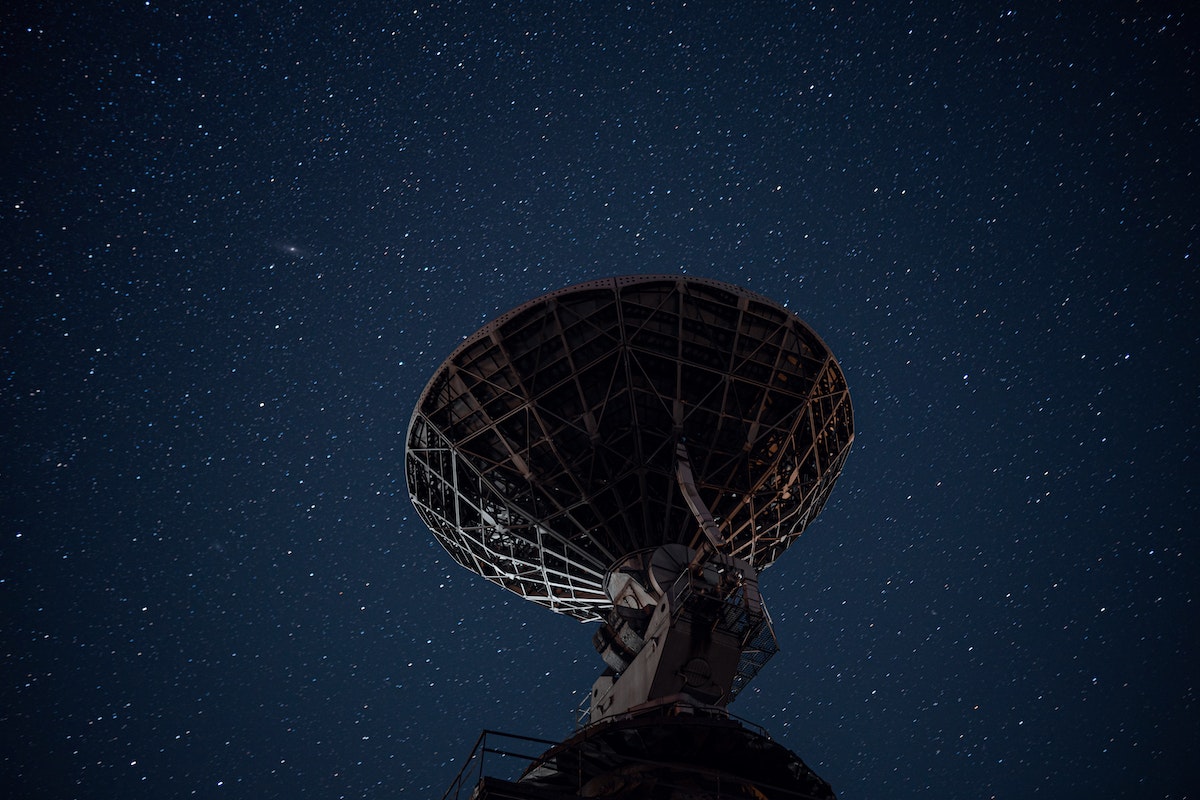From the sprawling grandeur of cosmic constellations to the minuscule domain of atomic constituents, the universe is a testament to enigma and awe. Today, we’ll plunge into the captivating sphere of neutrinos, enigmatic particles as confounding as they are plentiful. We will navigate their extraordinary traits, their influence on our comprehension of the cosmos, and the avant-garde investigations striving to decode their mysteries.
Neutrinos: The Ghosts of the Cosmos
Imagine a particle so elusive, so ephemeral, that billions pass through you every second, barely leaving a trace. This isn’t a plot device from a science fiction novel; these are neutrinos, the phantoms of the particle physics world. Neutrinos are elementary particles, akin to electrons, but they do not carry an electric charge. They interact only via the weak nuclear force and gravity, which means they can pass through ordinary matter almost undisturbed. To put their ghostly nature into perspective, a neutrino could travel through a light-year’s worth of lead without interacting with a single atom.
The Neutrino Menagerie: Flavors and Oscillations
Neutrinos come in three flavors: muon, electron, and tau, each associated with its corresponding charged lepton. But neutrinos have a quantum trick up their sleeve: they can switch, or oscillate, between these flavors as they travel. The discovery of neutrino oscillation was groundbreaking as it implied that neutrinos, contrary to what was previously thought, have mass. However infinitesimal, this mass has significant implications for understanding the structure of the universe and the mysteries of dark matter.
Neutrinos: Cosmic Detectives
Neutrinos are messengers from the cosmos. They’re produced in abundance during stellar processes, such as nuclear fusion in the sun, supernova explosions, and even in the Big Bang itself. Their elusive nature makes them perfect cosmic couriers; they can escape from places other particles can’t and travel vast distances unimpeded. For instance, neutrinos from a supernova explosion in the Large Magellanic Cloud, a dwarf galaxy orbiting the Milky Way, were detected on Earth in 1987. These neutrinos arrived nearly simultaneously with the light from the explosion, providing valuable insights into the internal workings of supernovae.
Neutrino Hunters: On the Frontline of Particle Physics
Detecting neutrinos is a formidable challenge. Given their non-interactive nature, it requires extremely sensitive detectors, often located deep underground to shield them from cosmic rays and other interference. IceCube Neutrino Observatory at the South Pole and the Super-Kamiokande in Japan are prime examples of such detectors. In these detectors, when a neutrino happens to interact with a particle of matter, it produces a characteristic flash of light, a signal that can be captured and analyzed. Although the odds of such an interaction are incredibly low, the sheer number of neutrinos passing through these detectors ensures that some interactions occur.
The Future of Neutrino Science
The realm of neutrino research is a dynamic and ever-advancing scientific frontier, with regular revelations that continuously redefine our understanding. The future may see neutrinos morphing from enigmatic particles into cosmic probes, paving the way for an emerging discipline called neutrino astronomy. Just as light serves as our guide to the universe’s many marvels, neutrinos could become a novel conduit to unexplored celestial insights. Moreover, the scientific community is abuzz with the exploration of a potential fourth variant of the neutrino, tentatively referred to as the “sterile neutrino,” distinguished by its solitary interaction through gravitational forces. Should its existence be substantiated, it could catalyze a paradigm shift in our comprehension of the cosmos, potentially functioning as a cosmic skeleton key to demystify the enigmas of dark matter and dark energy.
Conclusion
Neutrinos, these spectral enigmas of the cosmos, persist as one of the most captivating conundrums in the realm of particle physics. Their negligible mass, their capacity to morph among types, and their sheer ubiquity render them an extraordinary lens to peer into the universe’s deepest secrets. As we enhance our comprehension of neutrinos, we find ourselves on the cusp of a revolutionary epoch in cosmology and particle physics. The tireless endeavors of neutrino explorers worldwide may ultimately decipher enigmas of the universe’s genesis, its framework, and possibly even its eventual fate. In the grand celestial spectacle, neutrinos perform a role that’s subtle yet impactful, contesting our grasp of the universe and propelling the limits of scientific revelation. As we persist on our astronomical voyage, these minute particles will assuredly stay at the vanguard, steering us towards uncharted territories in our timeless pursuit of wisdom.


